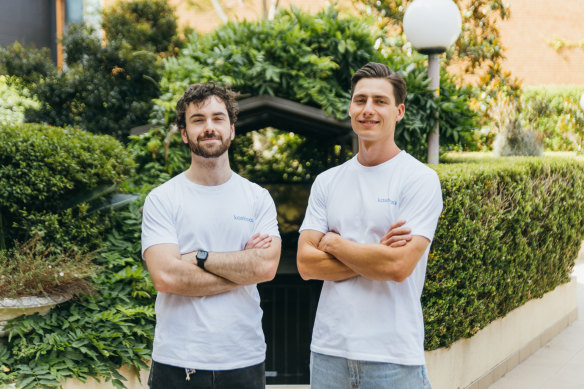
Seer Medical, which last year slashed a third of its workforce and whose founder is currently suing the Victorian government’s venture capital fund Breakthrough Victoria, claimed $9.3 million. Quantum computing start-up Q-CTRL claimed $8.3 million and HR software start-up Culture Amp claimed $8.2 million. One-time IPO hopeful Limepay was acquired this year for $8 million, and landed $3.9 million in R&D tax incentives in 2021-2022.
Elexsys Energy, which traded in Australia as Planet Ark Power, launched in 2019 and pulled in $5.2 million in R&D incentives in 2021-2022, before falling into liquidation this year.
The definition of ‘claimable activities’ is broad. Eligible R&D activities are those that a company undertakes outside its normal scope of business activities and are undertaken for the purpose of generating new knowledge, typically in the form of new or improved materials, products, devices, processes, or services.
The ATO said the total amount of R&D expenditure claimed in the 2021–22 income year was $11.2 billion. Its average claim was $395,191, and small businesses made up 48 per cent of businesses to claim R&D expenditure.
“The delay in publishing this information is designed to address any perceived commercial sensitivity of the data,” it said.
Some in the technology sector say the Research and Development Tax Incentive (RDTI) scheme is indeed working as intended. Alex Simmons is the CEO of Kashcade, an Australian fintech that helps businesses bring forward their R&D tax incentive refund in the form of a cash advance. He said the dataset shows the program is “absolutely fit for purpose” and is highly productive for very little taxpayer cost.

Kashcade founders Patrick Nappa and Alex Simmons.
“It’s been estimated that for every dollar spent on R&D, it creates an average of $3.50 in economy-wide benefits. For Aussie taxpayers, that’s great bang for their buck,” he said.
“The majority of the program’s claimants are businesses in their first seven years of existence. These are typically early-stage ventures having a go at developing cutting-edge technologies, so they’re at their most vulnerable stage of life.
“The support this program offers those businesses is vital, which we see in the 98.8 per cent survival rate of RDTI claimants two years on, versus only 85.4 per cent survival rate of companies Australia-wide.”
Loading
“With many receiving a cash refund, the RDTI helps them preserve the limited capital they have, significantly improving their chance of survival.”
According to Simmons, a 2016 review of the program by AusIndustry helped define eligibility more clearly for businesses.
“One of the historic pain points of the program was in understanding the eligibility for software companies,” he said. “These factor in a huge amount of technological innovation for Australia, but as R&D and experimentation is run quite differently from that of traditional sciences, program eligibility was confusing.
“When we draw comparisons to other economies’ R&D programs, like that in the UK, they’re much more loosely defined, creating issues and either misuse or a reluctance to use the program. We work with a lot of tech start-ups and their R&D advisors, and they’re now able to clearly define why they’re eligible and what expenditure they can claim.”
Will Richards, co-founder of tech start-up newsletter Overnight Success, said Australia’s R&D tax offset is one of the most generous programs of its type globally.

Firmable co-founder Paul Perrett.Credit: AFR
“If I was to redesign the system, I would want to ensure the development of gambling and wagering technology to be removed from eligibility, especially when they’re profitable businesses,” he said.
Tabcorp claimed $39.5 million in R&D offsets for the 2021 financial year, while Aristocrat Leisure claimed $22.1 million and Pointsbet claimed $6 million.
“In terms of the government support in innovation and startups, the R&D tax offset is a type of government support that I like to see,” Richards said.
“Rather than high-risk direct investment in a few start-ups, where the government is using taxpayer money to pick high-risk winners, the R&D tax offset allows businesses of all sizes to invest in the development of new technology and incentivise local job creation.”
Paul Perrett, co-founder of Australian business database start-up Firmable, said that the R&D tax incentive had been vital in scaling up his company.
“We’ve used world-class methods to build this database, which includes harnessing the power of AI,” he said. “The tax incentive has made it viable and attractive for us to build our engineering team locally, as opposed to offshoring technical functions.”
For Perrett, it’s not the first time he’s seen the rebate support the Australian tech ecosystem. Perrett was previously COO at Aconex, a construction software ‘unicorn’ that was acquired by Oracle for $1.6 billion.
”The tax credit also gave us some additional capital to underwrite some bold risks ... Which paid off.”









 Add Category
Add Category